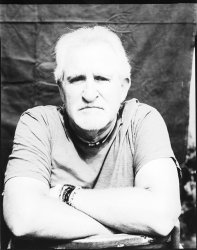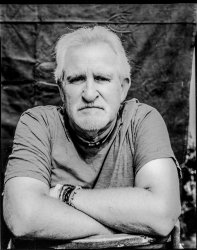There are numerous accounts of flashing. Before or after the main exposure? Immediately or in advance? A whole batch or one at a time?
All these accounts seem to be from people who’ve used it successfully, so it probably doesn’t make much difference.
Exposed film seems to retain the image for years. We know this because there’s a fairly plentiful supply of forgotten rolls of film. No reason to suppose that paper differs very much. Paper can lose contrast, but that’s over years of storage.
My own, very limited experience is that flashing is much more effective on paper. This was under the enlarger, not in camera, but photons are photons. I found less difference with film. This may be entirely the result of incompetence or misunderstanding. Other members will have better advice.
The best system is to test on your own set-up.


